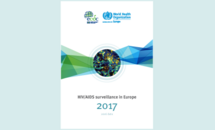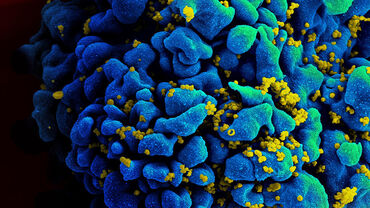HIV/AIDS surveillance in Europe 2017 - 2016 data
Although HIV is preventable through effective public health measures, significant HIV transmission continues in Europe. In 2016, 29 444 people were diagnosed with HIV in the 31 countries of the EU/EEA, with a rate of 5.9 per 100 000. The rate was higher among men than women (8.9 versus 2.6 cases per 100 000 population).
Executive Summary
Similar to recent years, the highest proportion of HIV diagnoses (40%) was reported to be in men who have sex with men (MSM). However, for the first time in a number of years, several countries reported a decline in new HIV diagnoses, even after adjusting for reporting delay.
While the data in this year’s report indicate alarming rates and increases in new diagnoses in some parts of eastern and central Europe over the last decade, at the same time there has been a tendency towards stabilising or even decreasing rates in some EU/EEA countries.
Trends by transmission mode, for example, show that the number of HIV diagnoses among MSM in the EU/EEA decreased slightly in 2016 and the number of heterosexually acquired cases has decreased steadily over the last decade.
Moreover, in the EU/EEA, the number of AIDS cases, and the number of AIDS-related deaths, has consistently declined since the mid-1990s.
Download

Publication data
Presentation
Presentation: HIV/AIDS Surveillance in Europe 2017 (2016 data)
ECDC - WHO/Europe presentation of HIV/AIDS Surveillance in Europe 2017 (2016 data)





